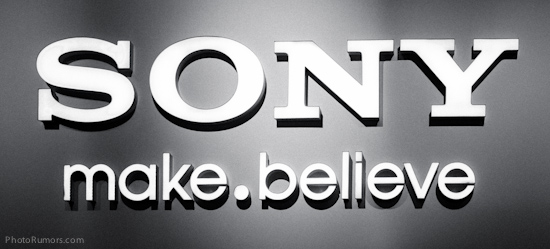
Imaging Resource published a new interview with Sony executives yesterday. Here is the recap from SonyAddict:
- Three executives from Sony took part in this interview Hiroyuki Matsushita, Yasuyuki Nagata and Hirokuni Miyai.
- Sony isn’t willing to say how long they have been working on the Sony a9.
- All Sony will reveal about R&D is that they are continuously creating new things and at some point, they end up in a product.
- Further, it’s hard to be specific because cameras now perform multiple tasks and Sony tries to get as much into a camera as they can to satisfy customer needs before launch. EG AF/FPS/Video/Resolution/camera-ness… etc…
- Some customers wanted more resolution with the a7RIII, but many wanted more battery life, while others wanted faster AF and better high ISO. So there was no fixed plan for the a7RIII when the a7RII was launched.
- Sony releases cameras and then waits to see what customers will want form the next camera before piecing together their technology.
- Technology and customer usage intent has moved faster than Sony intended so their “quick” release schedule is just keeping up with demand.
- The fast movement of tech and demand makes it hard to plan 5-10 years out for their product roadmap also, but technological advancement is more predictable than customer demand.
- The new a9 body wasn’t used for the a7RIII because a larger variety of photographers use the a7RIII and the a7RIII fits their hands better than the a9. Male, Female, Seniors, Young….
- a7RIII shutter is bigger than the a7RII shutter even though there is less room in the body thanks to the new bigger battery. It only worked because they were able to shrink the electronics so much.
- The new a7RIII shutter is bigger so that it has room for the shutter break to work and slow it down before hitting the bottom to prevent shutter shock. The break lowers vibration dramatically.
- Some tech like the new shutter is done because it makes sense and not because customers asked for it.
- Sony claims they used a UHS-II and UHS-I slot to maintain compatibility with older formats like memory stick.
- Sony thinks XQD is best used for professional video cameras and access is limited.
- a7RIII has more appeal than the a9 because it’s balanced.
- APS-C and one-inch sensors will have their dynamic range improve again very soon thanks to the tech in the a7RIII.
- Sony could also decide to increase the megapixel count of APS-C cameras and keep the current dynamic range levels with their current technology.
- Following customer demand is more important than technological advancement at this point in camera sales. The more enthusiasts and professionals join their system the better they will be able to figure this aspect out.
- Sony doesn’t just listen to customers. They observe them and see what they want first hand.
- Image quality has become a non-issue for most photographers, which is why intelligent autofocus has become a central area of improvement for Sony.
- The processor development team exists within the camera group at Sony and processing has become central to camera design.
- The only part not designed in the imaging group is the Sensor.
- Stacked sensors require specially designed processors.
- 23 E-mount lenses released in just 4 years.
- Sony attributes their lens and work volume to genius engineers and lots of coffee, but they won’t reveal how many people they have working on these tasks.
- Full frame mirrorless isn’t the only area growing.
- The advantages of mirrorless continue to grow as DSLR’s stagnate.
- RX/APS-C/Full Frame Sony cameras are all designed by the same group of people. Even their video cameras are designed under the same division so lots of technology is shared.
- Sony is working on professional services throughout the world, but they are building out the US first.
- You don’t just sell cameras to consumers or professionals. When you sell to professionals it helps sell to consumers and there is a net affect that Sony calls a “Halo Effect.”
- Targeting professionals helps to set your standards high from an engineering perspective and it is the best way to make better products.
- Targeting professional also gets your a higher volume of rich feedback that can be used when designing future cameras.
- Sony thinks of photos and video when designing lenses and how they focus. There is no negative trade off to designing lenses for both tasks.
Check also the other recent Sony interviews:
Interview: Sony Declares “Professional Market Strategy” For Mirrorless Cameras
Join the new Sony a7 and Sony a9 groups on Facebook for additional Sony
Source: Imaging resource, via SonyAddict









